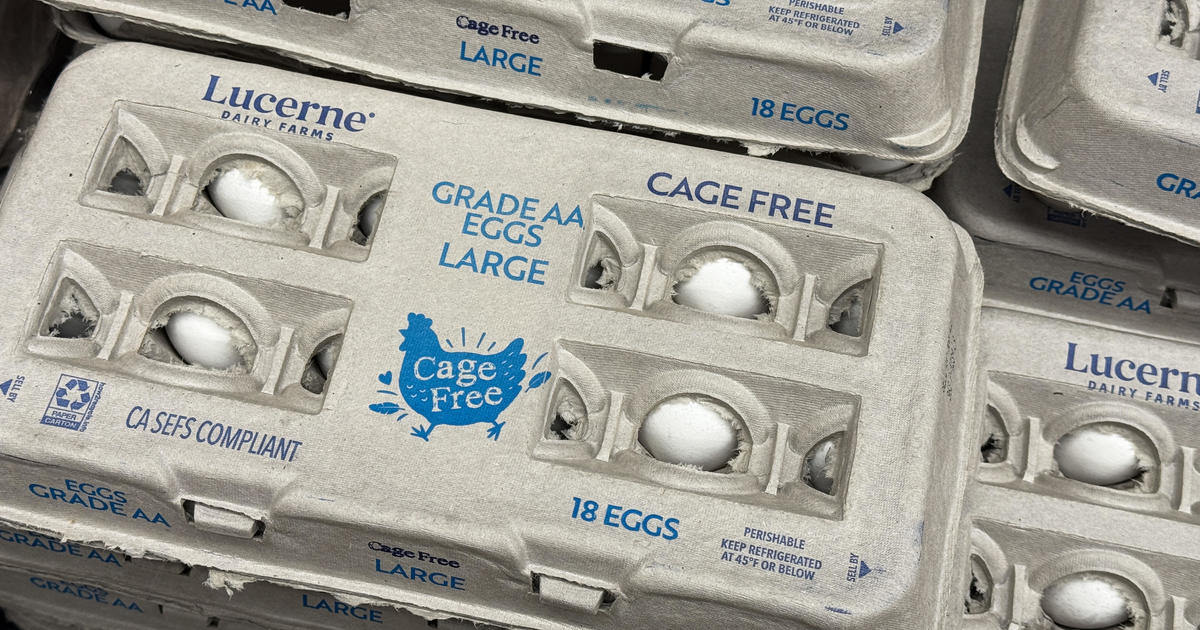Plus wait till the chickens get bird flu.
It’s the bird flu not the chicken flu.
Then they have worry about Chicken Pox.
And specifically it isn’t a hen flu so they are double safe
Now I’m worried about the cock flu.
That’s why people stuff their cock in a balloon before ramming them into the chicken coop
If you ever want to spend more on eggs and poultry products, getting chickens is a great option. It isn’t cheaper by a long shot when you factor in your time and proper care.
The reason why eggs can be as cheap as they are is because the poultry farms do not give a shit about the birds and feed them the cheapest they can and don’t concern themselves with avian healthcare.
If you want cheap eggs, be friends with someone who has chickens. Most birds will lay 1-2 eggs a day when they are in their prime. So 6 chickens will make a dozen eggs every other day. After a month you have 12-15 dozen eggs. The family probably eats 40-60 eggs a month, so you can see how the difference works in the favor of friends.
The egg quality can be night and day though. The cheapest supermarket brand eggs I can get always seem pretty thin and watery compared to organic free range. We could also sell the surplus to neighbors (building up local neighborhood relations, which have languished is modern era).
An easy solution to high feed cost and an overproduction of eggs is to feed them lightly cooked scrambled eggs. Two birds with one stone. And a war crime.
That is valid, but selling them for $3 a dozen to people you know or feeding scrambled eggs to your dog and/or cat is a better use of them.
After a month you have 12-15 dozen eggs
Only enough for 2-3 breakfasts for Gaston.
My family has had chickens for years. The eggs are fresher and taste better and we know what they are eating. They are not less expensive but you can’t eat money.
How often do they lay eggs? If I wanted to eat eggs every day, how many of them will I need to sustain?
It depends on the variety and how old they are. Leghorns lay almost every day from around six months old to around 18 months old. Then the moult and their laying drops off. Generally you rotate the birds so that you have enough birds in lay to supply your needs. Probably three birds in lay would provide a couple of eggs most days.
As a reminder to those who have never raised layers before, especially those in suburbs, layers generally start really slowing egg production around the five year mark. So if your seriously just getting them for eggs and being more “cost effective”, your going to want to butcher them after a few years.
May not, but probably will




